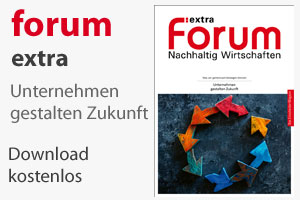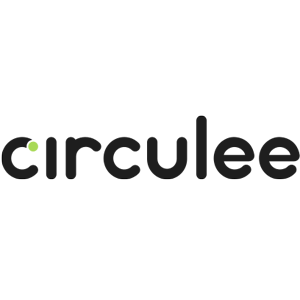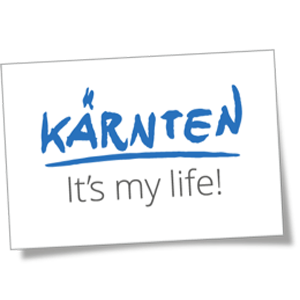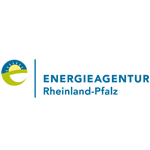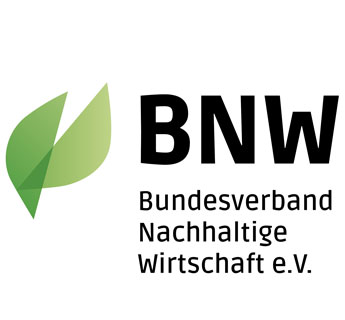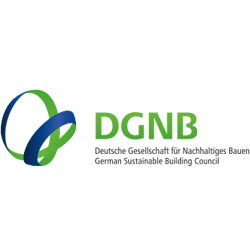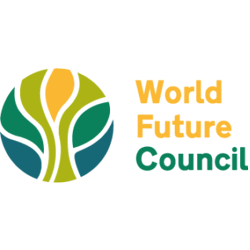The 22-square-meter Tiny House
Yale School of Architecture and UN Environment unveil Eco Living Module
UN Environment and Yale University — in collaboration with UN-Habitat — unveiled a new eco-housing module to spark public discussion and new ideas on how sustainable design can provide decent, affordable housing while limiting the overuse of natural resources and climate change.
|
Vorschau: In der nächsten Ausgabe von forum Nachhaltig Wirtschaften erfahren Sie mehr zum Thema Tiny Houses (Erscheinungstermin 30.8.2018). |
The 22-square-meter "tiny house” is fully powered by renewable energy and designed to test the potential for minimizing the use of natural resources such as water.
The Ecological Living Module, unveiled during the United Nations High-level Political Forum on Sustainable Development, is constructed primarily from locally-sourced, bio-based renewable materials. The first demonstration unit is on view in the UN Plaza in New York City through July 18.
The Yale Center for Ecosystems in Architecture worked with Gray Organschi Architecture to design, fabricate, and install the Ecological Living Module. The unit is efficient and multi-functional, accommodating up to four people, serving both domestic and commercial purposes.
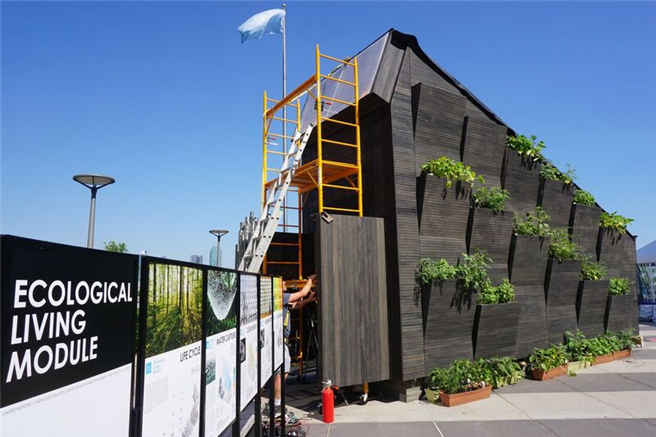 The first demonstration unit of the 22-square-meter tiny house is on view in the UN Plaza in New York City through July 18. © UN Environment
The first demonstration unit of the 22-square-meter tiny house is on view in the UN Plaza in New York City through July 18. © UN Environment "Adequate housing is at the heart of sustainable urbanization,” said Maimunah Mohd Sharif, executive director of UN-Habitat. "The use of proper building materials, better planning, and improved construction techniques can make energy use in buildings more efficient. If adopted widely, this practice can create jobs and prosperity with lower greenhouse gas emissions.”
Engineered to operate independently, the module’s built-in systems include solar energy generation using less than 1% of toxic semiconductor materials, on-site water collection, micro agricultural infrastructure, natural daylighting, plant-based air purification, passive cross-ventilation, and a range of flexible, adaptable components for living and working.
About 1 billion people worldwide currently live in informal settlements, while millions more live in buildings that are not environmentally friendly, note the officials. Rapid urbanization and economic growth challenge communities to sustainably expand capacity, heightening the need for innovation in building systems and infrastructure, they say.
"Architecture must address the global housing challenge by integrating critically needed scientific and technical advances in energy, water, and material systems while remaining sensitive to the cultural and aesthetic aspirations of different regions,” said Deborah Berke, dean of the Yale School of Architecture.
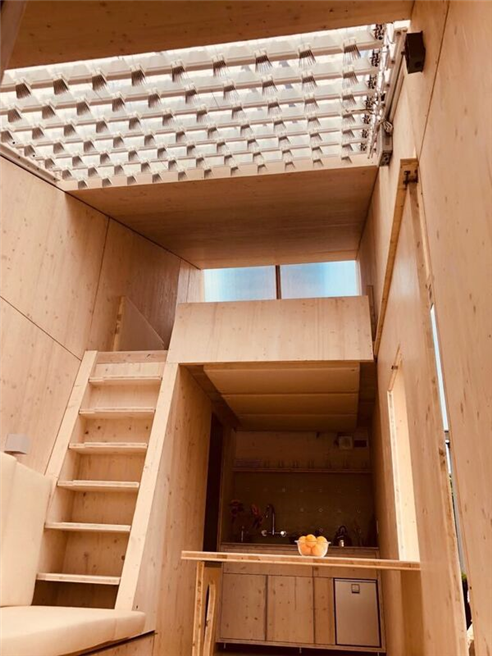 The unit is efficient and multi-functional, accommodating up to four people, serving both domestic and commercial purposes. © UN Environment
The unit is efficient and multi-functional, accommodating up to four people, serving both domestic and commercial purposes. © UN EnvironmentUN Environment
UN Environment provides leadership and encourages partnership in caring for the environment by inspiring, informing, and enabling nations and peoples to improve their quality of life without compromising that of future generations. UN Environment works with governments, the private sector, civil society and with other UN entities and international organizations across the world.
Yale Center for Ecosystems in Architecture
The Center for Ecosystems in Architecture (CEA), founded by Anna Dyson, is a multidisciplinary research venture led by the Yale School of Architecture and the Yale School of Forestry & Environmental Studies. Its goal is to develop transformative systems for the built environment. Alongside its partners in the architecture, engineering, and construction (AEC) Industry, CEA seeks to address the complexity of transitioning global construction patterns by bringing together deep expertise of current practices with radically new socio-economic and technical approaches. CEA prioritizes the requirements of living ecosystems towards buildings and cities that support biodiversity with an integrated approach to clean energy, water, air and material life cycles.
Gray Organschi Architecture
Gray Organschi Architecture (GOA) is a multidisciplinary firm that explores the intersection of design and building production. Based in New Haven, Connecticut, GOA has developed an award-winning practice that integrates architectural design, collaborative research, low-impact ecologically-conscious construction techniques, building fabrication, and construction management. GOA’s projects range in scale and scope from the development of hardware, furniture, and building assembly systems to the design of buildings for evolving institutions, private clients, developers, and municipalities. Alan Organschi is on the faculty of the Yale School of Architecture and coordinates the Yale Building Project.
About UN-Habitat
UN-Habitat is the United Nations program working towards a better urban future. Its mission is to promote socially and environmentally sustainable human settlements development and the achievement of adequate shelter for all.
Technik | Green Building, 11.07.2018
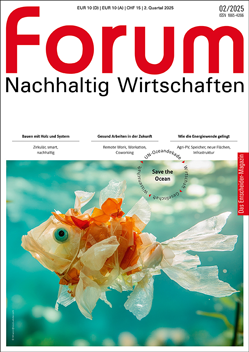
Save the Ocean
forum 02/2025 ist erschienen
- Regenerativ
- Coworkation
- Klimadiesel
- Kreislaufwirtschaft
Kaufen...
Abonnieren...
30
APR
2025
APR
2025
Franz Alt: Die Solare Weltrevolution - Aufbruch in eine neue Menschheitsepoche
In der Reihe "Mein Klima… in München"
80331 München und online
In der Reihe "Mein Klima… in München"
80331 München und online
07
MAI
2025
MAI
2025
MakerCamp Genossenschaften 2025
Genossenschaftliche Lösungen in Wirtschaft, Kommunen und Gesellschaft
65189 Wiesbaden
Genossenschaftliche Lösungen in Wirtschaft, Kommunen und Gesellschaft
65189 Wiesbaden
14
MAI
2025
MAI
2025
Klimaschutz im peruanischen Regenwald
Delegierte der Asháninka teilen ihre Perspektiven
80802 München, Seidlvilla
Delegierte der Asháninka teilen ihre Perspektiven
80802 München, Seidlvilla
29
JUN
2025
JUN
2025
Constellations Week 2025 in Südtirol
Inspiration, Klarheit und Empowerment
I-39010 Tisens-Prissian, Südtirol
Inspiration, Klarheit und Empowerment
I-39010 Tisens-Prissian, Südtirol
Professionelle Klimabilanz, einfach selbst gemacht

Einfache Klimabilanzierung und glaubhafte Nachhaltigkeitskommunikation gemäß GHG-Protocol
Sport & Freizeit, Reisen
 Helau, Alaf, Narri Narro!
Helau, Alaf, Narri Narro!Christoph Quarch freut sich über die spielerische Aussetzung der Ordnung während der Karnevalstage
Jetzt auf forum:
Der Einfluss von Digitalisierung auf nachhaltige Geschäftsmodelle
Wie man die perfekte Wohnung für den Start ins Berufsleben findet
Franziskus - er ruhe in Frieden
Aufruf an alle Bildungsinnovator:innen!
Inspiration, Klarheit und Empowerment
Nachhaltiges Handeln für Region und Ressourceneffizienz
Wir brauchen Religionsführer, die sich für die Schöpfung und den Frieden einsetzen



